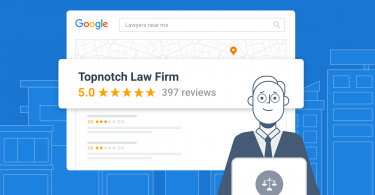Barclays has shown that 85% of small and medium-sized businesses say online customer feedback has benefited them. Further, Barclay estimates that optimizing for the feedback economy could yield a $3.2 billion opportunity in the next decade in the UK alone.
All these prove why businesses need to focus more on customer feedback analysis to unlock more opportunities.
In this guide, you’ll learn everything you need to know about customer feedback analysis to grow your business.
Table of contents
- What is customer feedback analysis?
- Why is it important to analyze customer feedback?
- How to conduct customer feedback analysis?
- Where to collect data for customer feedback analysis?
- Analyzing customer feedback
- Why is analyzing customer feedback difficult?
- Difference between insightful and non-insightful data
- Customer feedback analysis methods
- Benefits of effective feedback analysis
- What is the difference between customer and user feedback analysis?
- Common challenges and solutions when doing customer feedback analysis
- Dos and don’ts of customer feedback analysis
- Use of AI in customer feedback analysis
- Best customer feedback analysis tools in 2023
- FAQs on customer feedback analysis
- Improve your performance with Birdeye Insights
What is customer feedback analysis?
Customer feedback analysis refers to the process of examining and interpreting the feedback provided by customers about a company’s products, services, or overall experience.

All businesses receive feedback from their customers in the form of messages. This data often needs to be more organized. This is not a problem, but if you wanted to garner actionable insights from your data, you’d need to sort it out. That’s the essence of customer feedback analysis.
Customer feedback analysis takes all your customer support tickets, sorts them by type of question, and determines what questions are being asked most.
By analyzing customer feedback, you can identify areas of improvement, address issues, and enhance customer satisfaction, ultimately leading to increased loyalty and business success.
Why is it important to analyze customer feedback?
It is important to analyze customer feedback because customer feedback represents the voice of the customer. It gives you direct insights into their experiences, preferences, and expectations.
With this insight, businesses get a clearer understanding of how customers perceive their brand, products, and services.
Following are a few reasons to consider:
Understanding customer needs
Knowing what your customers need makes it easier to deliver what they want. You can steadily improve customer satisfaction by tuning in to what your customers might be missing and tweaking your products and customer support systems.
Identifying strengths and weaknesses
Chances are you did a Strengths, Weaknesses, Opportunities, Threats (SWOT) analysis when you first wrote your business plan.
Customer feedback can help you better understand your position in the market. This will provide you with the data you need to enhance your offers.
Enhancing customer satisfaction
Analyzing customer feedback makes it easier to figure out how to enhance customer satisfaction. For instance, if your customers consistently report having issues logging into your web portal, you could address this to ensure a better experience.
Driving innovation and product development
Being the frontrunner in your market has advantages. And listening to your customers can help you gain that edge. Customers may have ideas you aren’t tapped into yet, or they may point to products you have yet to develop that represent a major opportunity.
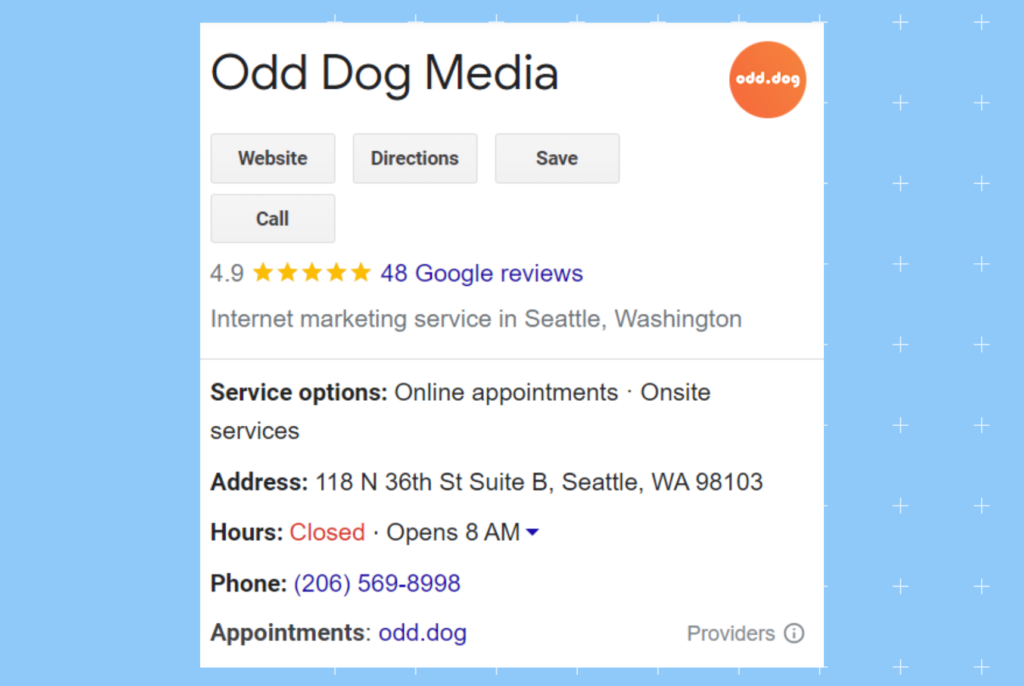
Improving customer experience
You can ask customers what their experience with you has been like, how satisfied they are with your product or service, as well as how they feel their inquiries, questions, or interactions were handled.
Monitoring customer reviews
You can’t effectively manage your online reputation management without consistent monitoring, and responding to, customer reviews. Reviews are a key source of customer data you can use to identify gaps and opportunities.
From this review, you can understand that though one customer felt that Odd Dog Media was expensive, they liked its service.
Reduce customer churn
Once you know why your customer is having a positive/negative experience, you can double down on it to make it work in your favor.
With feedback, you can reduce the churn by analyzing the early warning signs of potential churn. Look for recurring issues, complaints, or negative sentiments expressed by customers.
These indicators will proactively guide you to address concerns and retain at-risk customers.
How to conduct customer feedback analysis?

1. Customer feedback survey
Take advantage of tools like Birdeye Survey to survey your audiences directly.
Customize your surveys and share them with your customers via email, social media, and even your website.
2. Reviews
Reviews are a great indicator of customer sentiment. Your customers are talking about you and sharing their reviews everywhere – on Google, Yelp, blogs, social media, YouTube channels, and review sites.
Collecting reviews from the many channels available is the hard part but it gets easy with Birdeye Reviews.

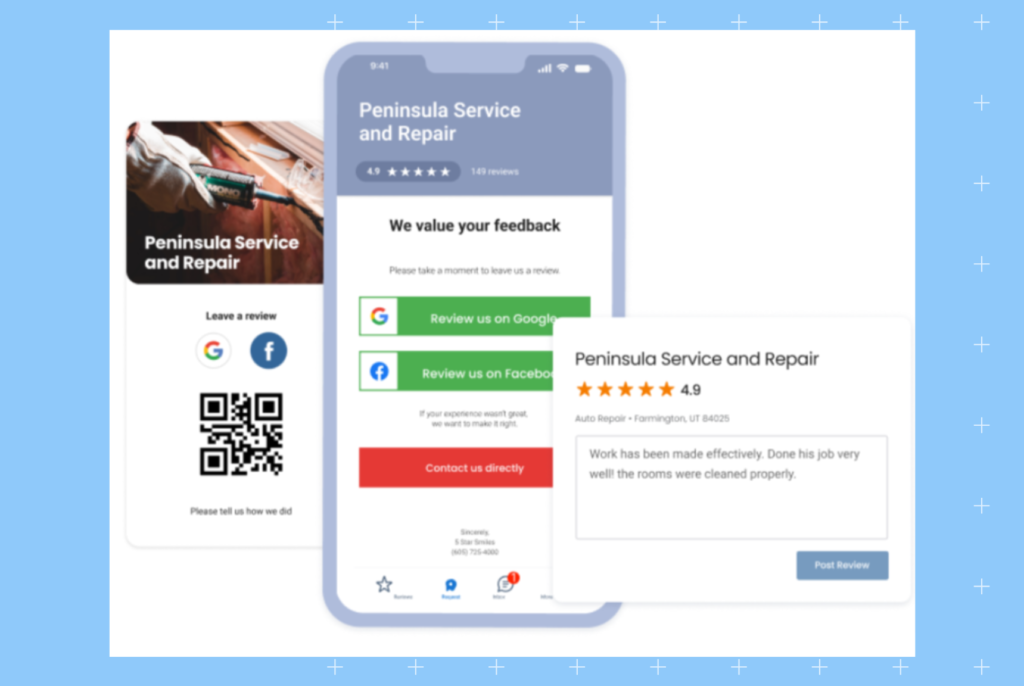
3. Social media
Customers often leave ratings, reviews, and comments for their favorite brands on social media. Parsing through the many posts can be time-consuming. Still, you can find valuable data on Facebook, Instagram, and Twitter when searched with the right keywords.

4. Net promoter score surveys
NPS surveys represent an excellent opportunity to understand how your customers feel about you. Customers get to rate you on a scale of 0 to 10, and they are automatically categorized as Promoters (9 – 10), Passives (7 – 8), or Detractors (0 – 6).

How to categorize customer feedback?
You could learn a lot about why categorizing your customer feedback is important with the downfall of BlackBerry.
Wonder how? See, BlackBerry may have stayed relevant in the smartphone market had they realized a customer’s changing behavior of buying a bigger touchscreen display to make them happier.
We understand that some customer feedback is valuable. Some of it isn’t. That is why categorizing your feedback effectively ensures that critical feedback doesn’t go undetected. So, do these:
- Set business objectives for your categorization before creating tags and categories for your customer data. Decide what you would like to learn about:
- How to improve a product?
- How your customer support is doing?
- Why your sales recently dipped?
- Once you’re clear on your objectives, decide which team will benefit from the data you’re collecting.
- Allot the best method to get relevant data.
As you comb through your collected feedback, note what your customers are talking about – pricing, product quality, usability, etc.
Where to collect data for customer feedback analysis?
There are many places where you can collect data for customer feedback analysis. Here are some of the most common:
Apps’ feedback survey forms
You can use a variety of survey types to poll your audience. Examples include one-question surveys, pop ups, long-form questionnaires, and more.
Customer satisfaction surveys (CSAT)
A customer satisfaction survey (or CSAT survey) is a one-question survey. You can use it to better understand your customer satisfaction level.
Customer effort score surveys (CES)
A customer effort score survey (CES) gives you a better understanding of how easy or hard it was for a customer to accomplish a specific goal.

Social media platforms
Pull in insights and analytics from your primary social media channels. Customers are more vocal on social media than ever.
Emails and SMS
Save emails and text messages from customers. Then, scan those messages to discover insights about customer satisfaction.
Remember that you can also send surveys to your audience via email and SMS, which can help increase the response rate.
Live chat
All forms of support systems can prove to be a treasure trove of user feedback, including live chat. Save and document all communications. Of course, follow applicable laws and regulations concerning the collection and processing of data.
Support call transcripts
If you’re handling customer support via phone, get your recordings transcribed. Studying the transcripts can help you identify frequently asked questions, recurring technical issues, areas for improving customer experience, and more.
Analyzing customer feedback
You may collect insightful customer feedback, but without further analyzing it, you may not have any actionable takeaways to benefit your business.
Few ways to analyze the dt is to divide data into:
- Positive
- Negative
- Complaint
- Improvement
Or any other appropriate tags to suit your needs.
How to analyze customer feedback effectively?
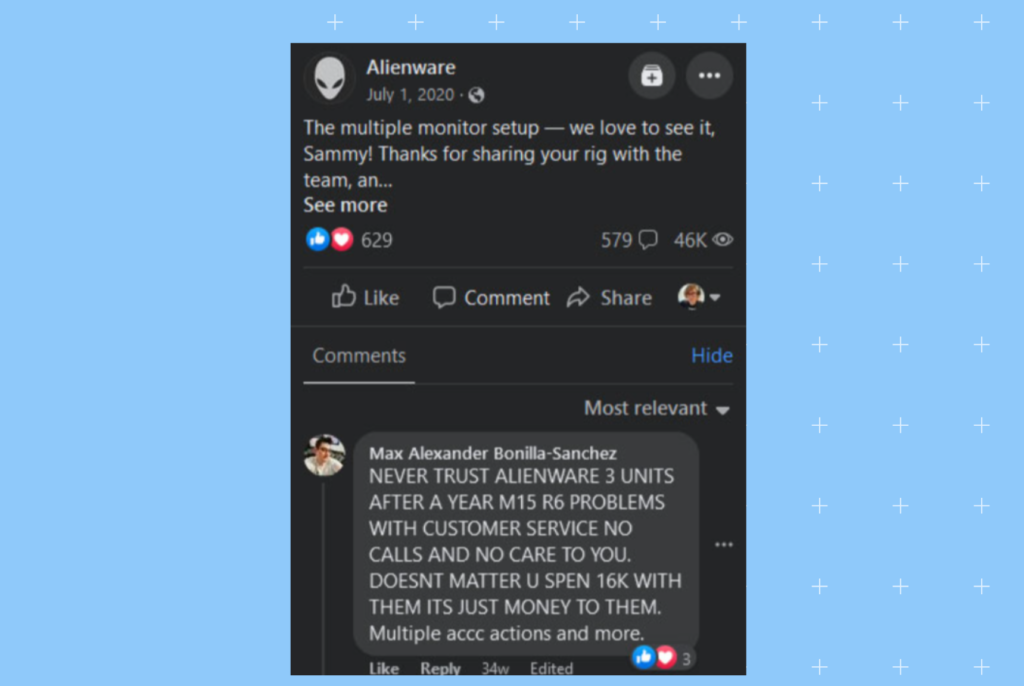
- Manually collect, organize, and analyze customer feedback manually using Spreadsheet. Once you identify specific themes, you can place feedback under the appropriate tags or categories.
Word of caution: Analyzing customer feedback manually is generally the most time-consuming method. You may need to find a way to visualize the content later to make it more digestible.
- Script automation of keyword extraction to speed up analyzing customer feedback. It is one of the most efficient ways of analyzing a large number of reviews. The main downside to this method is that you’ll need coding knowledge. So it may be worth the cost of hiring a freelancer or expert.
- Software automation to gather, prioritize, and analyze customer feedback. They also provide you with visualizations of the data. If you would like to take advantage of a third-party tool, however, start by researching its functionality and pricing first.
Why is analyzing customer feedback difficult?

Analyzing customer feedback is difficult when you cannot understand your audience’s way of expressing:
1. You receive vague feedback
For instance, were there 352 customers who said your course was “informative but boring?” This suggests that there should be a way to make your course more concise and engaging to get more positive feedback.
Customers use different words to describe the same issue.
For instance, a missing link in your menu might result in feedback like:
- I can’t find the button - I’m not sure what the next step is - I don’t know how to move on - It isn’t working
Create a strategy for processing the information you receive to make sense of it.
2. You don’t have enough feedback yet
Maybe you have about 30 reviews and comments. But most of these are not specific or insightful, with no identifiable theme.
3. You don’t have any quality feedback
Fire emojis and comments like “awesome” from Instagram make you feel good. But, unfortunately, they aren’t telling you much, except for maybe “make more content like this.”
Qualitative data is rarely equally valid. Some users may provide you with specific and well-articulated feedback, while others may only offer generic comments or blanket statements.
Don’t offshore all the analysis to software as they won’t be able to analyze feedback which is useful and which is not. Employ humans to analyze insightful and non-insightful data.
Difference between insightful and non-insightful data
Insightful data tells you something you don’t know about your business, product, or customer experience.
Non-insightful data doesn’t tell you anything you don’t already know. It provides no pathway for additional inferences, statistical, informational, or otherwise.
Here’s a tabular difference between the two:
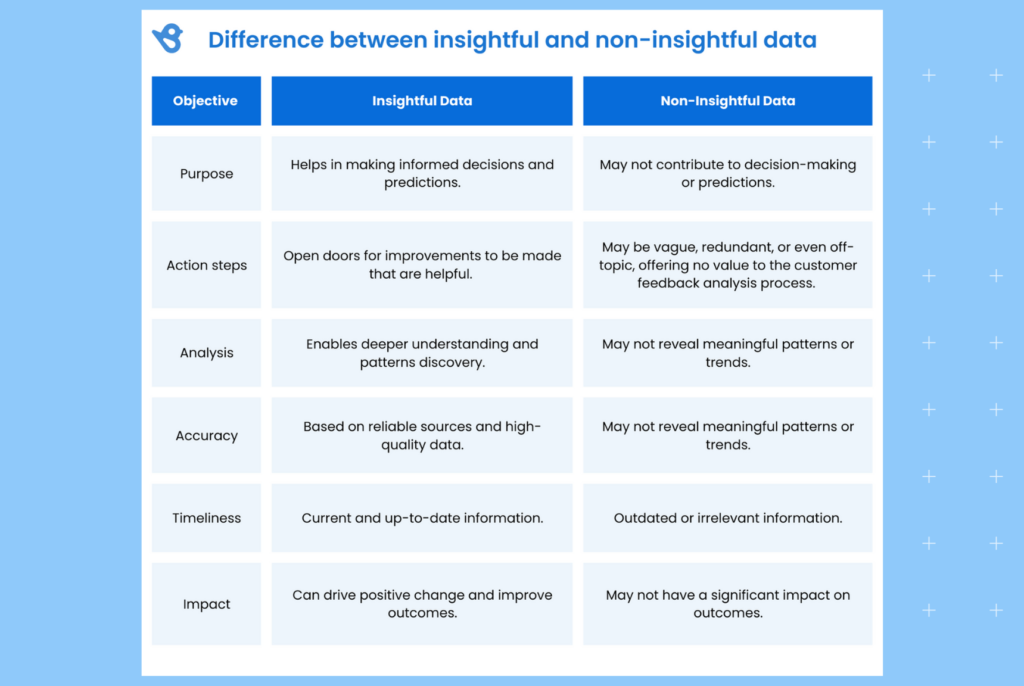
How to filter insightful data from useless data?
- Market feedback analysis. Market feedback analysis can help you get to the bottom of an issue.
For instance, if your customers are having trouble checking out a specific product on your eCommerce store, you can infer a coding issue that needs to be addressed.
- Customer satisfaction analysis. Studying the satisfaction level of your customers helps you separate insights from useless data. For instance, peculiar feedback stands out.
A cascade of negative feedback despite a history of glowing reviews could spell spam or a blunt-force attack from a competitor.
- Qualitative analysis. Qualitative data can offer insights into personal sentiment and the pain points your customers are facing.
Customer feedback analysis methods
Now that you know how to filter insightful and non-insightful data, here are a few commonly used methods for analyzing customer feedback:
- Sentiment analysis
Sentiment analysis is where you parse through text, checking for positive or negative customer sentiments.
- Keyword or aspect analysis
With keyword or aspect analysis, you understand customer feedback based on specific words used.
- Topic analysis
Topic analysis is an A.I.-powered analysis method. It takes into account keywords as well as the context in which the words were used. This allows for better categorization of feedback.

How to ensure customer feedback analysis is accurate?
- Decide on a goal
You may be collecting feedback from various sources, like surveys, emails, texts, and social media, on a variety of topics, be it your latest product, website design, customer support, or otherwise.
It will not apply to any aspect of your business if you don’t know why you’re collecting the feedback.
- Organize it
Then, categorize and tag under related themes.
With clear goals and your data all in one place, you must prioritize meaningful data. For instance, if you only have one comment saying the customer didn’t like your website but has 100 positive comments, you should not weigh the negative comment very heavily.
Benefits of effective feedback analysis

Analyzing customer feedback has several potential benefits, including:
- Business growth. If you’re committed to improving your products ongoingly, you can raise your prices too.
- Better customer experience. Understanding how and why your customers are dissatisfied makes it possible for you to improve in the areas that will have the biggest impact.
- Improved net promoter score. Consumers rate the opinions of others high in their purchase decisions. So, the more promoters you have, the better the quality of referrals you can get.
- Better offers. Know what your customers like and don’t like about your product. This is the most direct pathway to improving your offers.
Knowing who the offer is for makes the entire difference. Because in business, your customers may not be the user, and your user may not be the real customer.
Don’t worry. Scroll further to know the difference between customer and user feedback analysis.
What is the difference between customer and user feedback analysis?
Very simply, users may not be your customers, but customers will almost certainly be your users. If you analyze user feedback, it needs to be viewed through a different lens, as you are getting data from people who aren’t necessarily paying customers.
User feedback, however, could prove helpful when analyzing your website or customer journey.
Common challenges and solutions when doing customer feedback analysis
Once you’ve finalized whose feedback you should be analyzing, you have to resolve any challenges that may arise. Doing this will maximize customer satisfaction, improve products and services, and enhance overall business performance.
Here are a few common customer feedback analysis challenges and effective solutions to overcome them:
Feedback quality
Feedback quality may not always be up to par. But customer feedback sentiment analysis can categorize feedback based on the words used.
Too many sources
Customer feedback appears in your surveys, emails, texts, social media channels, live chat transcripts, and more. Gathering all this data takes work.
Categorization
The feedback you’ve collected must be categorized to be of any use to you. There are no solutions specifically that make this process easier, though there are tools that let you label your feedback.
Dos and don’ts of customer feedback analysis
Approaching such analysis with care ensures the results are accurate and meaningful. For your ease, here are some dos and don’ts of customer feedback analysis:
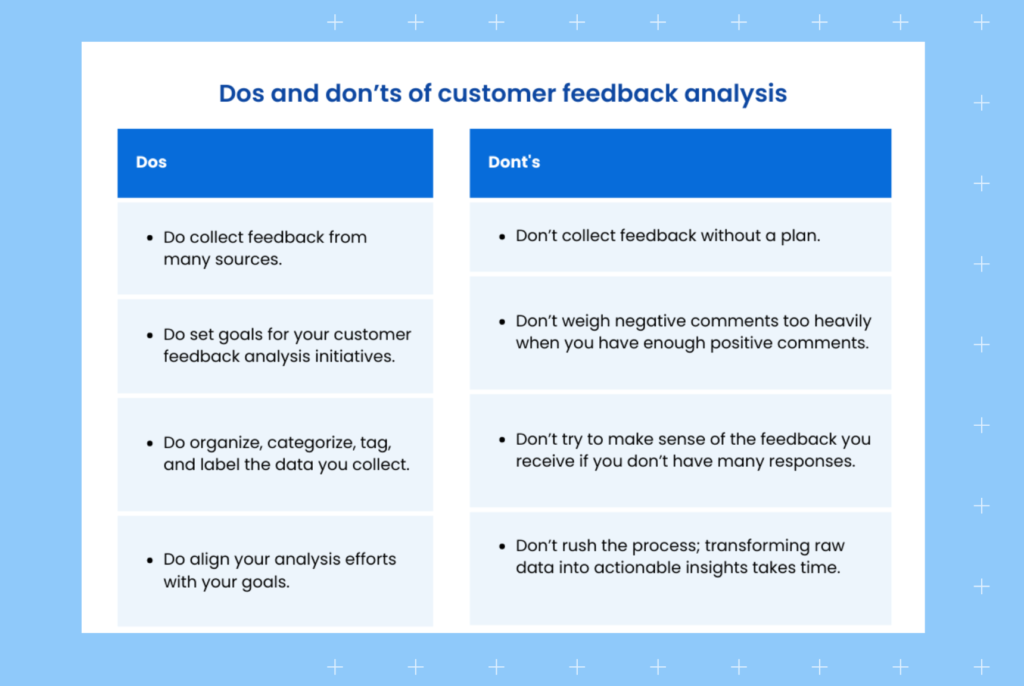
Use of AI in customer feedback analysis
You might wonder how AI can help make feedback analysis effective. Here are a few ways:
- Improves the gathering of customer feedback. You can automate the process of gathering customer feedback by aggregating reviews from an array of sources, be it social media, online marketplaces, Google, or otherwise.
- Helps analyze larger amounts of data faster and with more accuracy.
- Improves response time. With generative AI capabilities, it can create personalized responses to positive and negative comments alike.
Best customer feedback analysis tools in 2023
Now that you know how doing customer analysis will help you achieve those big targets, here are some tools you can use to ease your workflow:
- Birdeye: The Birdeye Insights tool analyzes data collected from reviews, surveys, and social media, all from one place.
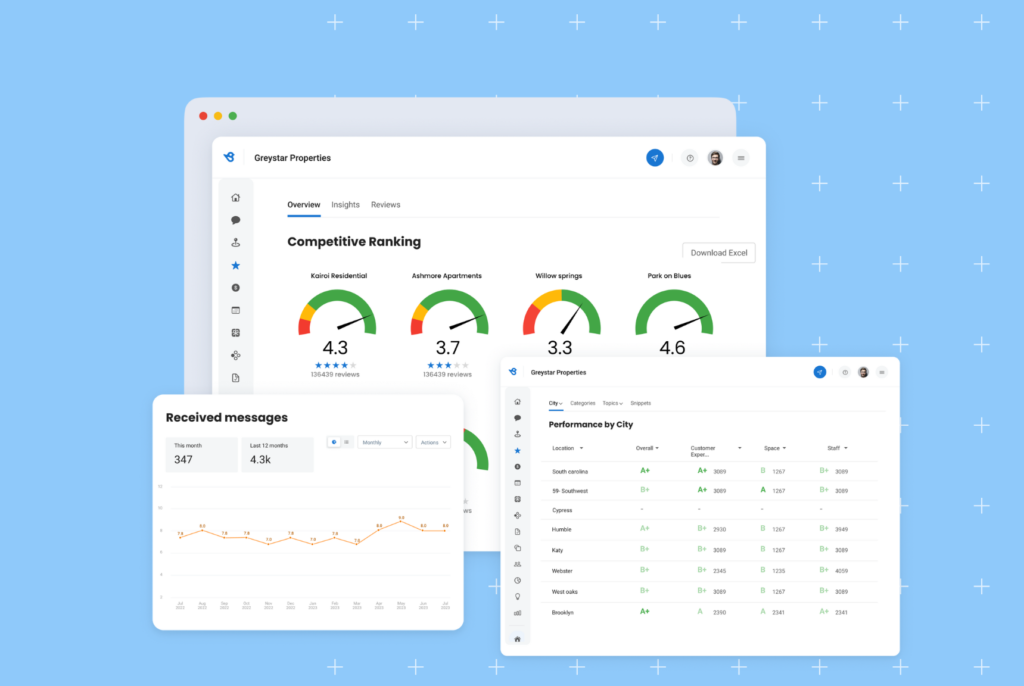
- SurveyMonkey: An advanced audience surveying tool you can use to collect different types of feedback using an array of methods.
- Typeform: One of the most flexible web form tools available for collecting customer feedback.
FAQs on customer feedback analysis
Customer feedback analysis takes your raw feedback data and organizes it meaningfully. It helps businesses to identify areas for improvement, understand customer needs, and build stronger relationships with their customers.
Collect customer feedback by:
1. Surveying your customers
2. Interview them to understand their needs or bottlenecks
3. Get active on social media to monitor your brand mentions
4. Use customer support tickets to know how you can improve your customer experience
5. Track website analytics like bounce rate, pages per session, and average time on page to see how customers interact with your website.
A customer feedback strategy is a plan for collecting, analyzing, and acting on customer feedback. A well-executed strategy improves customer satisfaction and loyalty as they are more likely to do business with you again.
The following tips can help you to create a successful strategy:
1. Consider your product and how you deliver it.
2. Give your customer time to form an opinion.
3. Make it easy for them to provide feedback.
4. Create a process for analyzing feedback.
Standard customer feedback methods include email, social media, and surveys. You can also use feedback forms, customer interviews, focus groups, and support systems.
Customer feedback helps you identify the holes in your products, where your customer service is falling short, and what customers want to buy from you in the future.
Improve your performance with Birdeye Insights
Looking to boost customer retention and customer loyalty?
Customer feedback analysis helps you do that with achievable results. Knowing what your customers think of you isn’t just for improving products and customer experience – it’s also for keeping up with the times and making your business competitive in the long run.

Originally published








